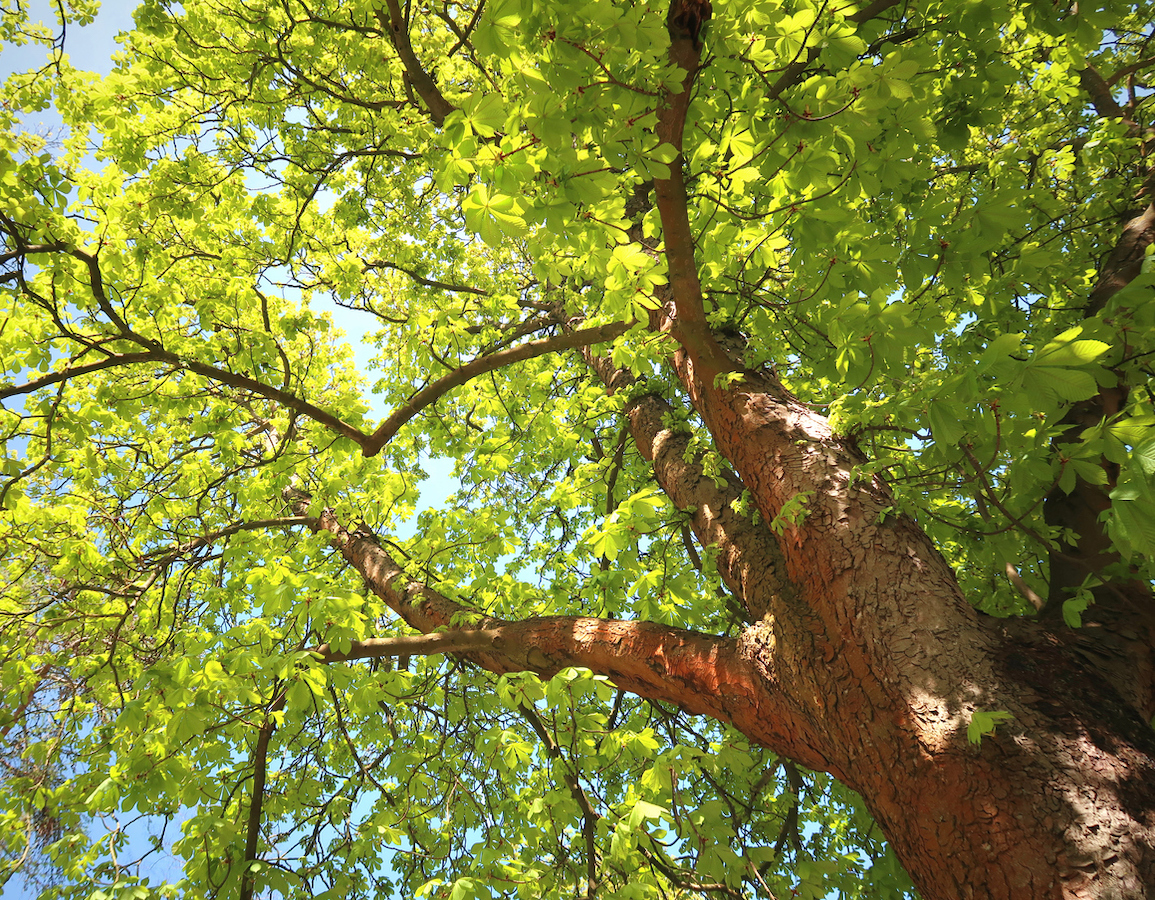Conserving Nature’s Ecological Gems: Biotechnology and the Fight to Save Tree Species
| |
The race to save the American Chestnut has been the focus of many tree scientists across the United States. Its threat mainly comes from the chestnut blight disease caused by fungus Cryphonectria parasitica. Other tree species like butternut, elms, and the common ash are also under threat because of infections. While conventional methods to save these tree species have constantly been pursued by experts, they cannot keep up with the rapid spread of damage-causing tree diseases. In a paper published in New Forests, experts explain how biotechnology was tapped to aid in solving tree species conservation.

Disease threat to trees and ecology
The number of introduced non-native pests and diseases among trees has been increasing over the years. The introduction of insects and pathogens continues to spread rapidly in many regions, and one of the factors it is attributed to is human population expansion related to market globalization. In turn, the impact of these diseases has been observed to contribute to the loss of a tree’s ability to influence ecological dynamics. Once altered, the dynamics can influence the homogenization of forest ecosystems and create negative implications for forest resilience against climate change. If the threats remain unresolved, devastating consequences like truncated ranges, loss of genetic diversity, endangerment, and extinction can eventually become irreversible.
Biotechnology applications to preserve tree species
Scientists are currently exploring biotechnology applications to put a halt or slow down the effects of diseases to threatened tree species. There are three main tools identified:
- Traditional tree breeding. This is a form of biotechnology that may leverage other biotechnologies, including the use of cuttings, grafting, and somatic embryogenesis to duplicate trees with the desired traits. Genotypes of threatened tree species or species that are related to them with the same target characteristics are conserved in vitro or in situ. These are used to breed multiple tree generations using conventional breeding techniques to produce progeny that demonstrate the target characteristics, including disease resistance. However, precise results are not always guaranteed. Trees are known to have diverse genomes, take many years to reproduce, and their desired traits are greatly affected by environmental interactions. Overall, these factors can lead to low heritability and the accumulation of genetic gain and undesirable traits.
- Genomics. Recent years have demonstrated that DNA sequencing, molecular marker tools, and bioinformatics can contribute to tree conservation research. Scientists are now able to have a better grasp at disease resistance by sequencing the genome of trees to help them understand the different levels and mechanisms of resistance within or between species. Genomics techniques help map out and identify genes that are responsible for major resistance and qualitative resistance, as well as target genes that cause pest susceptibility in a more rapid and robust manner compared to traditional tree breeding.
- Genetic engineering. This tool is often associated with the use of DNA recombination, synthesis, amplification of nucleic acids to modify a genome, cisgenesis, and transgenesis to develop a genetically modified or gene-edited organism. While it is most often attributed as modern biotechnology itself, genetic engineering is actually just one tool of modern biotechnology. It helps scientists achieve precise results in a fraction of the time it takes compared to traditional tree breeding. In 2017, scientists from the State University of New York announced that they developed transgenic chestnut trees with resistance to chestnut blight. They also stated in their announcement that they intended to obtain the regulatory approval from the US government to distribute the transgenic trees to the public, which can take at least two to four years to process.

Challenging perception and policies to favor biotech trees
Genetic engineering remains controversial in public conversations, as demonstrated by debates about the safety of GM foods, plants, and animals. For trees, experts predict that public opinion will be divided in two: the public may view trees developed using biotechnology as beneficial not only in tree species conservation, but also in watershed protection, wildlife habitat preservation, and carbon sequestration, or they might be hesitant because transgenic trees tend to have long-term ecological implications. These opinions are products of a range of perceptions rather than solid scientific data, and are influenced by the values of the members of the public. Thus, it is important to increase an individual’s knowledge and experience in order to make sound decisions founded by facts, especially if the individual is involved in the regulation and policies that guide the development and use of modern biotech products. Policymakers are said to be lagging in making progress to provide the public with access to the potential benefits of transgenic trees. But the support of scientists, land managers, and other key stakeholders can offer enough motivation to policymakers to react accordingly in favor of ecological stability.
To learn more about the scientific basis and the challenges of developing transgenic trees, read the full article written by a team of scientists from the academe, research institutions, and government organizations in the US published by New Forests.
| Newer Post | Archive | Older Post |
Science Speaks is ISAAA Inc.'s official blog. Weekly blog articles, authored by ISAAA writers, partners, and invited contributors, aim to help share, disseminate, and promote scientific knowledge and its vital role in achieving global agricultural sustainability and development. Your support to Science Speaks will help us achieve this goal. You can help us by donating as little as $10.

